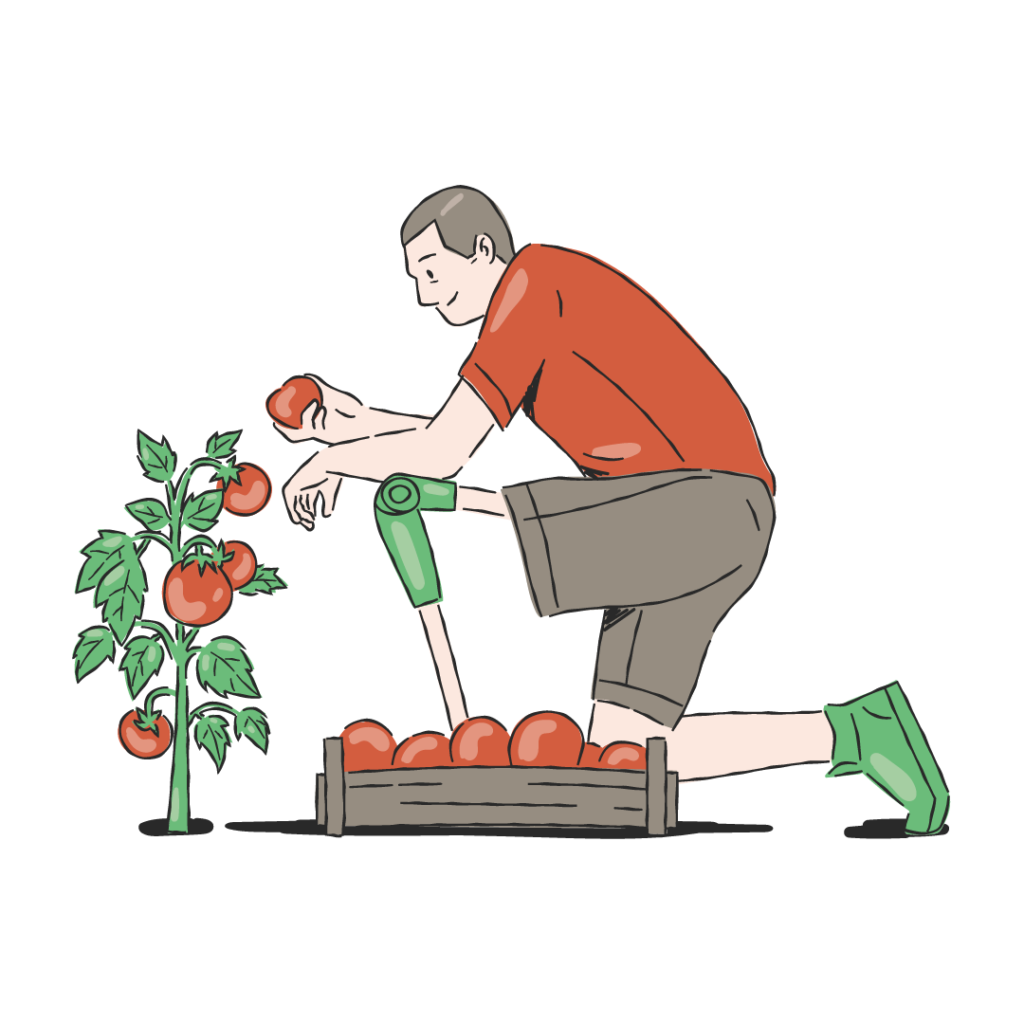Table of Contents
ToggleH: Harvesting Tips
Harvesting is the gratifying culmination of the labor and patience invested in a kitchen garden.
It marks the moment when seeds sown with care transform into vibrant plants bearing fruits, vegetables, and herbs ready for consumption.

It’s a time of joy and satisfaction as we gather the literal fruits of our labor, connecting us deeply to the cycles of growth and abundance in the natural world.
In this introduction to harvesting, we’ll explore the importance of proper timing, techniques for gentle handling, and the sheer pleasure that comes from harvesting fresh produce from our own backyard.
Whether you’re a seasoned gardener or just starting out, join us as we delve into the art and science of harvesting in the kitchen garden.
Harvesting is more than just a means of obtaining food; it’s an opportunity to connect with the rhythms of nature and experience the joy of self-sufficiency.
Importance of Proper Harvesting
Proper harvesting is not merely a matter of plucking vegetables or fruits from the garden; it’s a crucial step in preserving the quality, flavor, and nutritional value of the harvest.
The timing and techniques employed during harvesting can significantly impact the overall success of a garden and the satisfaction derived from it.
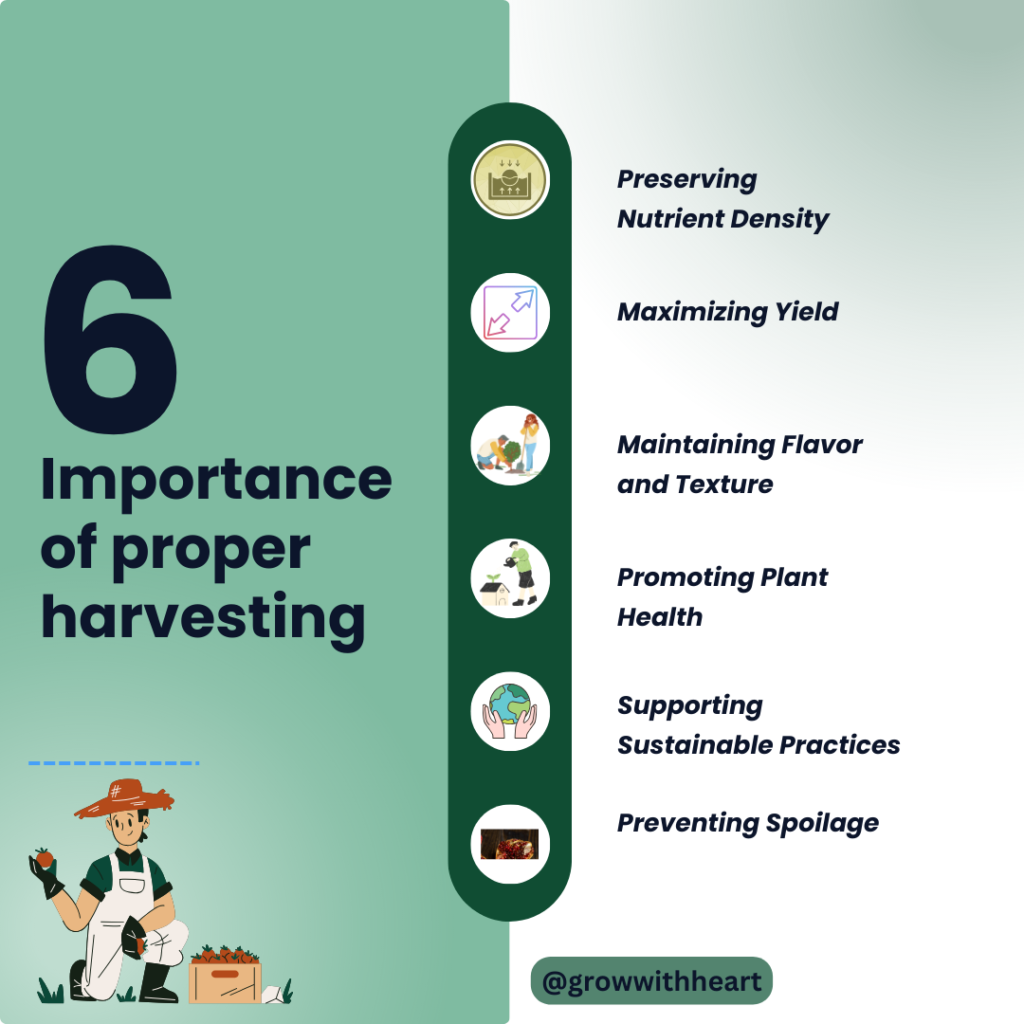
Preserving Nutrient Density:
Harvesting at the optimal time ensures that fruits and vegetables are at their peak flavor and texture.
Waiting too long to harvest can result in overripeness, leading to a loss of taste and texture, while harvesting too early may result in underdeveloped produce lacking in flavor.
Maximizing Yield:
Timing is crucial when it comes to harvesting. Waiting too long or harvesting too early can result in a diminished yield.
By harvesting at the optimal moment, you can maximize your harvest and make the most of your efforts.
Maintaining Flavor and Texture:
Freshness is key to flavor and texture.
Properly harvested produce retains its natural taste and texture, providing a more enjoyable culinary experience.
Overripe or underripe fruits and vegetables may lack flavor or have a less appealing texture.
Promoting Plant Health:
Harvesting plays a role in the overall health of the plant.
Regular harvesting encourages continued growth and production while leaving produce on the plant past its prime can divert energy away from new growth and weaken the plant.
Preventing Spoilage:
Harvesting at the right time helps reduce the risk of spoilage.
Overripe fruits and vegetables are more susceptible to rot and decay, especially during storage. By harvesting promptly, you can prolong the shelf life of your produce and minimize waste.
Supporting Sustainable Practices:
Proper harvesting is an essential component of sustainable gardening practices.

By efficiently utilizing the resources invested in growing the crops and minimizing waste, you can contribute to a more sustainable food system.
Overall, proper harvesting is a fundamental aspect of successful kitchen gardening.
It ensures that you can enjoy the full benefits of your efforts, from nutritious and flavorful produce to a bountiful harvest that sustains both body and soul.
When to harvest?
Knowing the perfect time to harvest your fruits and vegetables is crucial for ensuring optimal taste, texture, and nutritional value. Here’s a general guide on when to harvest some common garden produce.
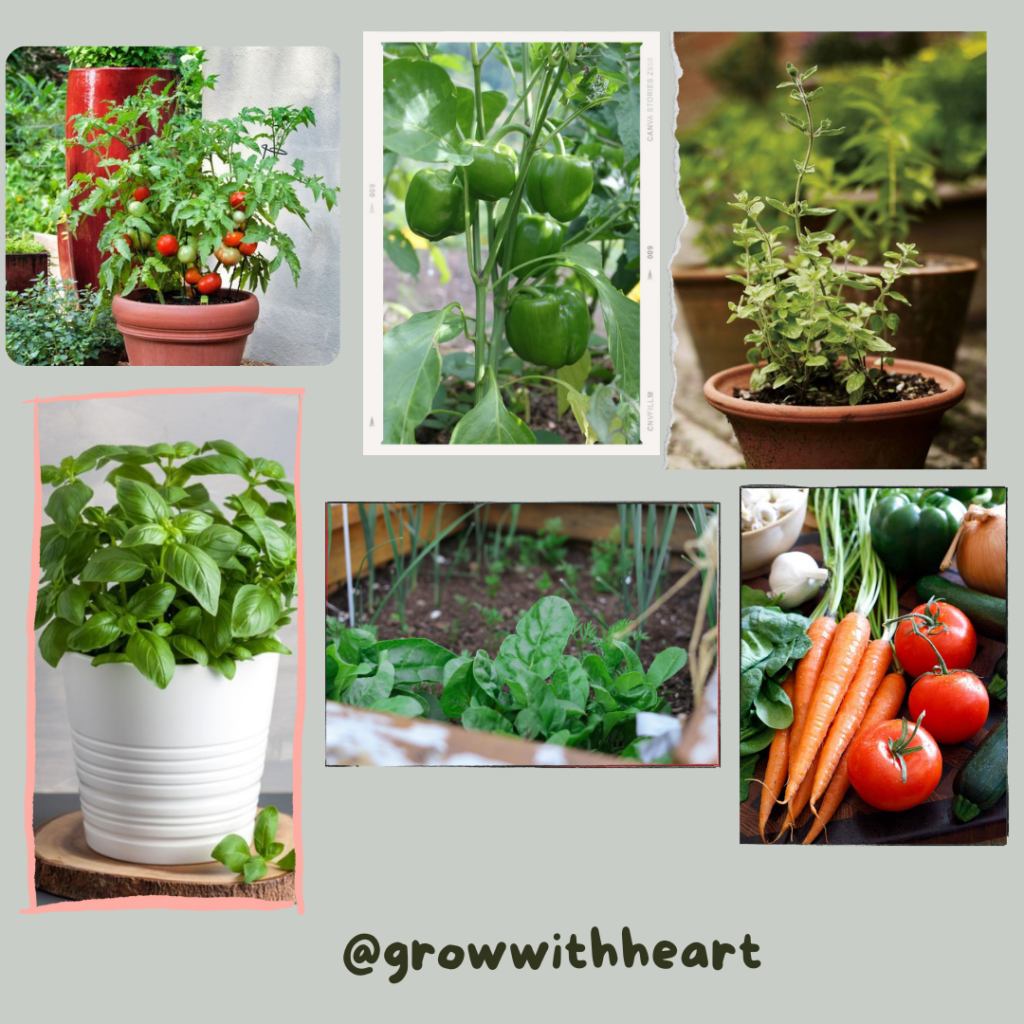
Leafy Greens:
Harvest leafy greens such as lettuce, spinach, and kale when the leaves are young, tender, and vibrant in color.
Avoid waiting too long, as mature leaves can become bitter and tough.
Root Vegetables:
Root vegetables like carrots, radishes, and beets should be harvested when they have reached the desired size and shape.
Avoid letting them grow too large, as they may become woody or pithy.
Tomatoes:
Tomatoes should be harvested when they have reached their full color and are firm but not rock hard.
They should yield slightly to gentle pressure and have a rich, glossy appearance.
Peppers:
Peppers can be harvested at various stages of ripeness, depending on personal preference.
For sweeter peppers, wait until they have fully matured and changed color. For a milder flavor, harvest them when they are still green.
Cucumbers:
Cucumbers should be harvested when they are firm, glossy, and uniformly green.
Avoid letting them become yellow or overripe, as they may develop a bitter taste and tough skin.
Herbs:
Harvest herbs like basil, cilantro, and parsley when they are lush and leafy.
Avoid letting them flower, as this can diminish the flavor of the leaves. Harvest in the morning when the essential oils are most concentrated.
By paying attention to these indicators and harvesting at the right time, you can ensure that your crops are at their peak flavor and quality, making for a more enjoyable dining experience.
Tools and techniques:
Having the right tools and employing proper techniques are essential for successful harvesting in a kitchen garden.
Here are some tools and techniques that can make the harvesting process more efficient and effective:
Pruning Shears:

Sharp pruning shears are indispensable for cleanly cutting through stems and branches without causing unnecessary damage to the plant.
Look for shears with ergonomic handles and a sturdy blade that can handle a variety of tasks.
Harvesting Baskets:

A lightweight, sturdy basket or container is ideal for collecting freshly harvested produce.
Choose a basket with ample room and comfortable handles for easy carrying. Avoid overfilling the basket to prevent bruising or crushing delicate fruits and vegetables.
Selective Harvesting:
Practice selective harvesting by only picking the ripest and most mature fruits and vegetables.
Leave immature or underripe produce on the plant to continue growing and ripening. This ensures a continuous harvest throughout the growing season.
Timing:
Harvest fruits and vegetables at the optimal time of day to maximize flavor and nutritional content.
Early morning or late afternoon is often best, as temperatures are cooler and plants are less stressed.
Avoid harvesting during the heat of the day, as this can cause produce to wilt quickly.
Clean Cutting:

Image- https://francoisetmoi.com/
Use clean, sharp tools to make clean cuts when harvesting.
Dirty or dull tools can introduce pathogens and cause unnecessary damage to the plant.
Disinfect pruning shears between cuts if harvesting from plants affected by disease to prevent spreading.
Harvesting Technique:
Employ proper harvesting techniques to minimize damage to the plant and ensure a bountiful harvest.
For example, when harvesting tomatoes, use a twisting motion to gently detach the fruit from the stem without tearing the plant.
For leafy greens, use a sharp knife or scissors to cut leaves cleanly from the plant without damaging surrounding foliage.
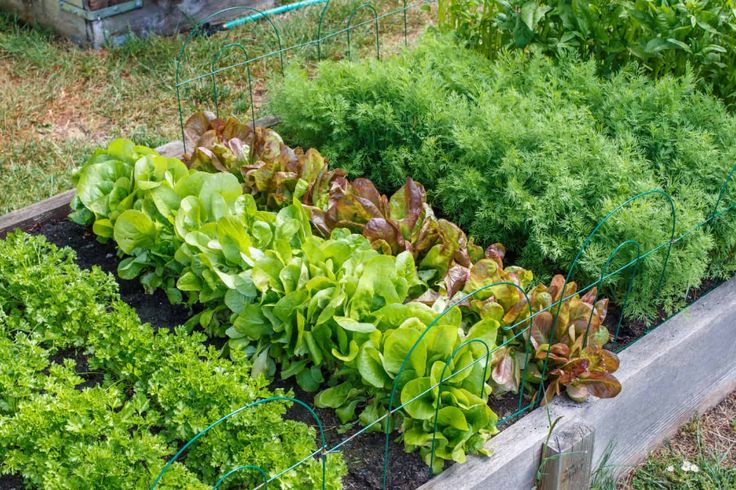
By using the right tools and techniques, gardeners can harvest their crops efficiently while minimizing damage to the plants and ensuring the highest quality produce for their kitchen table.
Harvesting for continuous growth
Harvesting for continuous growth is a key strategy for maximizing yield and prolonging the harvest season in a kitchen garden.
By implementing succession planting and managing harvesting frequencies, gardeners can ensure a steady supply of fresh produce throughout the growing season.
Here are some tips for harvesting for continuous growth:
Succession Planting:
Instead of planting all of your crops at once, stagger planting dates to ensure a continuous harvest.

This involves sowing seeds or transplanting seedlings at regular intervals, such as every few weeks.
As one crop reaches maturity and is harvested, the next crop is already growing, ensuring a seamless transition and uninterrupted supply of fresh produce.
Crop Rotation:
Rotate crops in your garden beds to prevent depletion of soil nutrients and reduce the risk of pest and disease buildup.
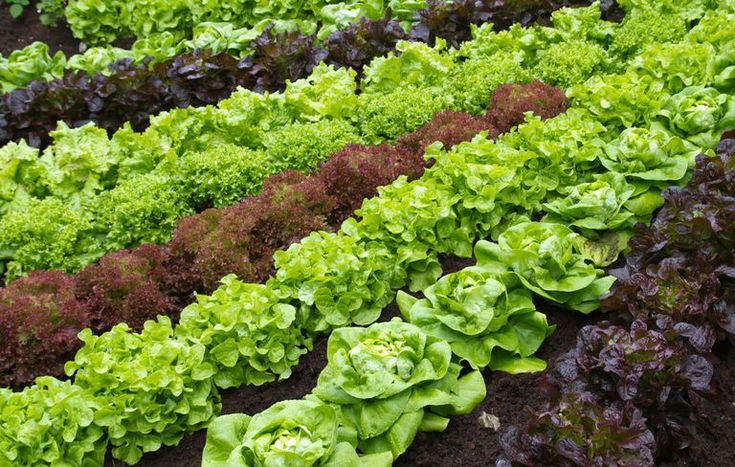
By rotating crops, you can also take advantage of different growing seasons and microclimates within your garden, allowing for a more diverse and continuous harvest.
Harvesting Frequency:
Harvest crops frequently to encourage continued growth and production.
For example, regularly picking herbs like basil and cilantro encourages bushier growth and prevents them from flowering and going to seed prematurely.
Similarly, harvesting vegetables like beans and zucchini when they are young and tender promotes ongoing fruit production.
Selective Harvesting:
Practice selective harvesting by picking only the ripest and most mature fruits and vegetables while leaving others to continue ripening on the plant.
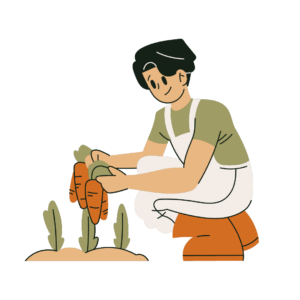
This allows you to enjoy a steady supply of fresh produce without depleting your garden all at once.
Interplanting and Companion Planting:
Interplanting compatible crops and companion plants can help maximize space and encourage continuous growth.
For example, planting quick-maturing crops like lettuce or radishes between slower-growing crops like tomatoes or peppers allows you to harvest multiple crops from the same area.
Mulching and Soil Health:
Maintain healthy soil by adding organic matter such as compost and mulching around plants to retain moisture and suppress weeds.
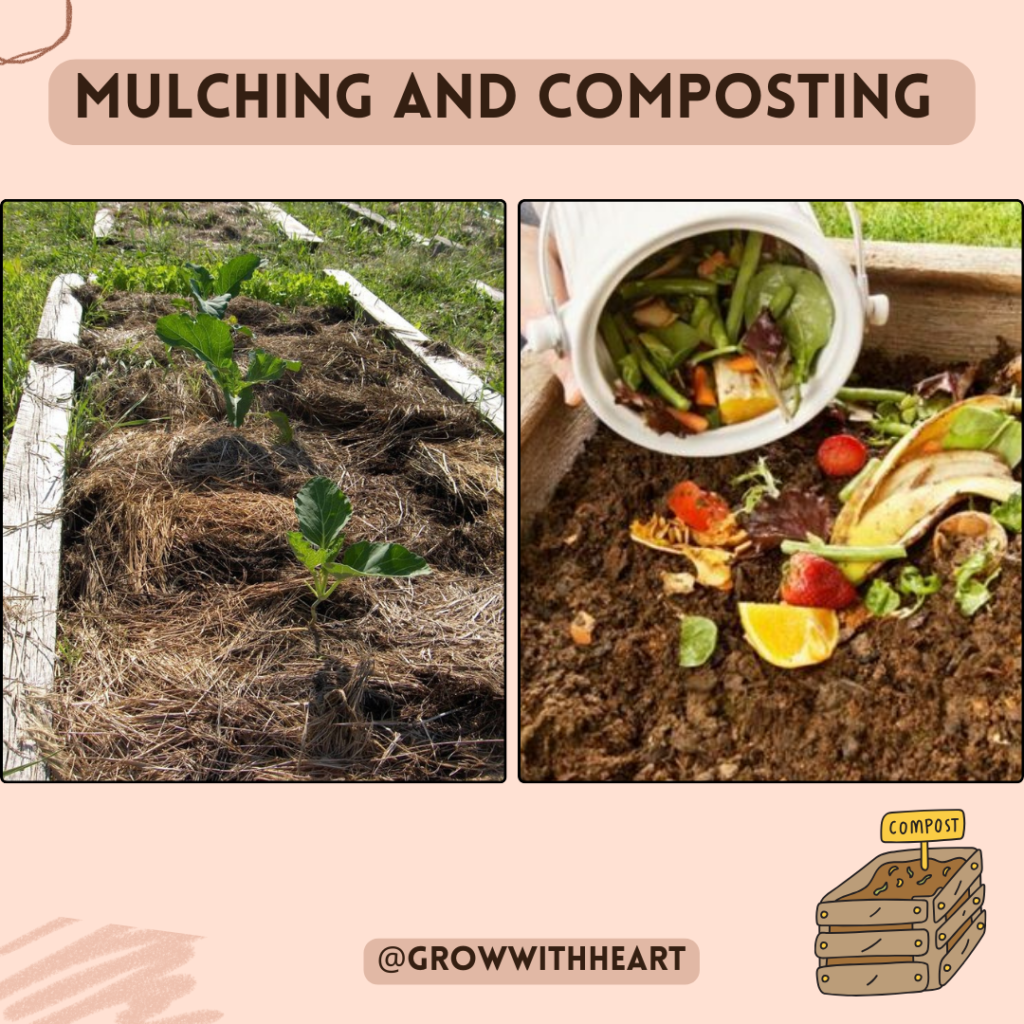
Healthy soil provides the nutrients and support necessary for continuous growth and ensures robust, productive plants throughout the growing season.
By adopting these strategies, gardeners can extend their harvest season, minimize gaps in production, and enjoy a continuous supply of fresh, homegrown produce from their kitchen gardens.
Are you dealing with pests and diseases during harvest?
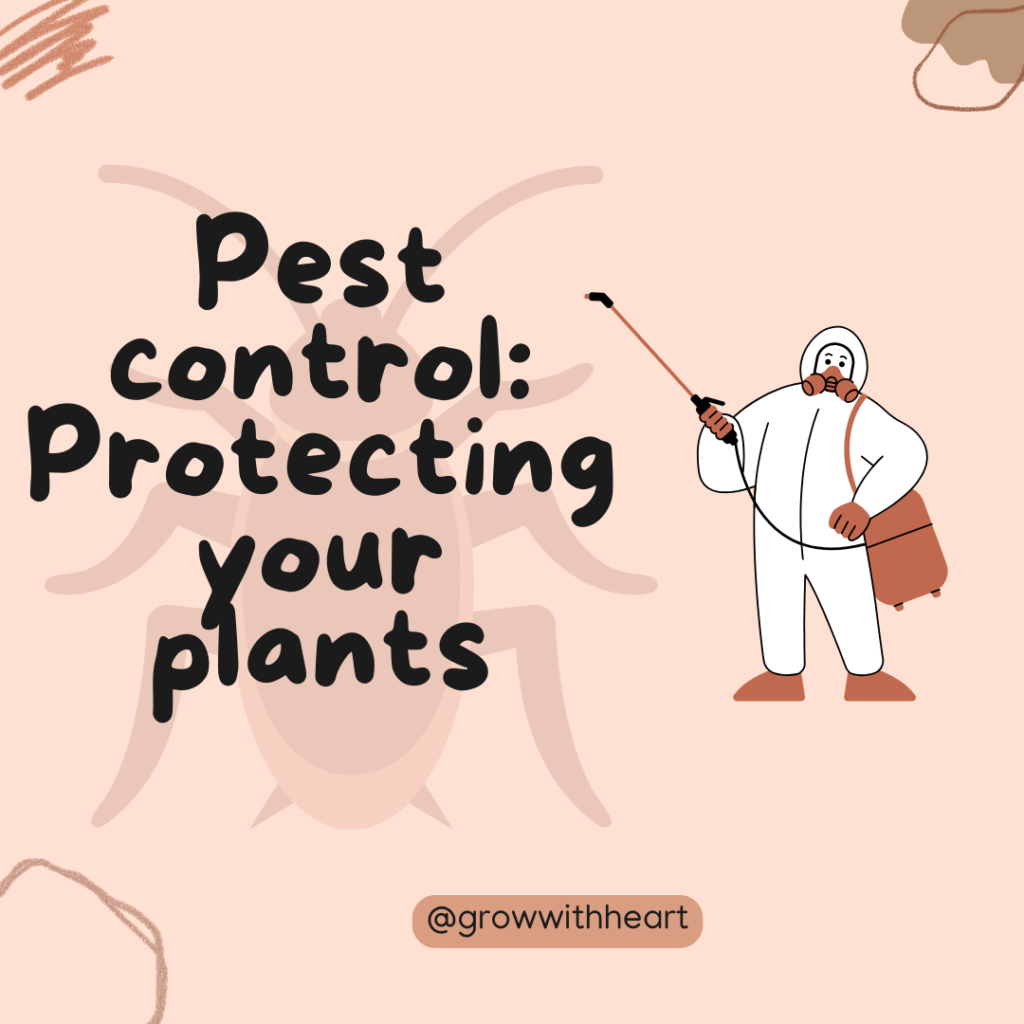
Dealing with pests and diseases during the harvest season is essential for protecting the quality and quantity of your garden’s yield.
Here are some strategies for managing pests and diseases during this critical time:
Regular Inspection:
Conduct regular inspections of your plants during the harvest season to identify any signs of pest infestation or disease.
Look for symptoms such as chewed leaves, wilting, discoloration, or unusual growth patterns.
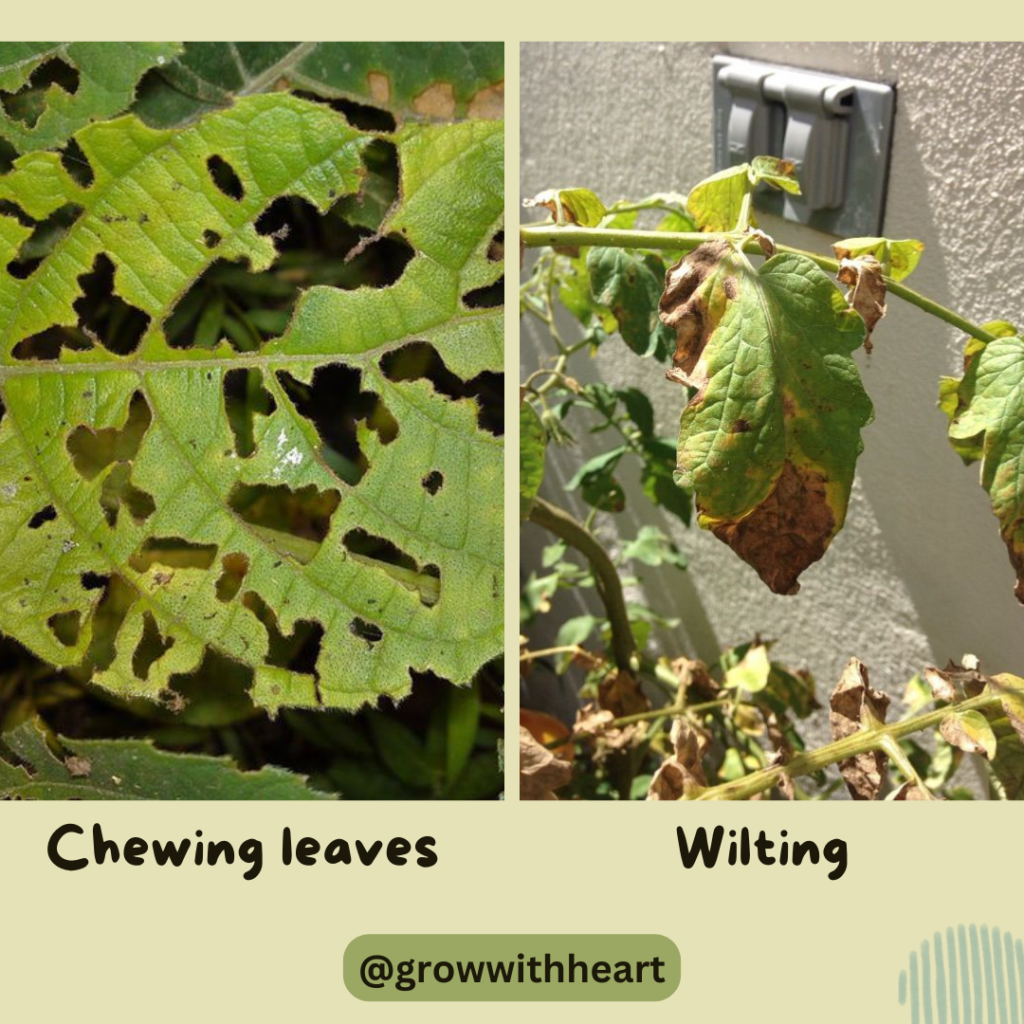
Early detection allows for prompt intervention and minimizes damage to the crops.
Organic Pest Control:
Opt for organic pest control methods whenever possible to minimize the use of synthetic pesticides and reduce the risk of harmful residues on your harvest.
Organic options include neem oil, garlic spray, and companion planting with pest-repellent herbs and flowers.
Disease Prevention:
Prevent the spread of diseases by practicing good garden hygiene and sanitation.
Remove and destroy any infected plant material promptly to prevent the spread of pathogens.
Avoid working in the garden when plants are wet to reduce the risk of fungal diseases spreading.
Resistant Varieties:
Choose plant varieties that are resistant to common pests and diseases prevalent in your area.
Resistant varieties are less susceptible to attack and may require fewer interventions to manage pests and diseases effectively.
Crop Covers and Netting:
Use physical barriers such as row covers or netting to protect plants from pests like birds, insects, and small mammals.

These covers can prevent pests from accessing your crops while still allowing air, light, and moisture to reach the plants.
Monitor Weather Conditions:
Be mindful of weather conditions that may contribute to pest and disease outbreaks, such as extended periods of moisture or humidity.
Adjust your gardening practices accordingly, such as providing adequate spacing between plants to promote airflow and reduce the risk of fungal diseases.
Natural Predators:
Encourage natural predators such as ladybugs, lacewings, and predatory mites to help control pest populations in your garden.
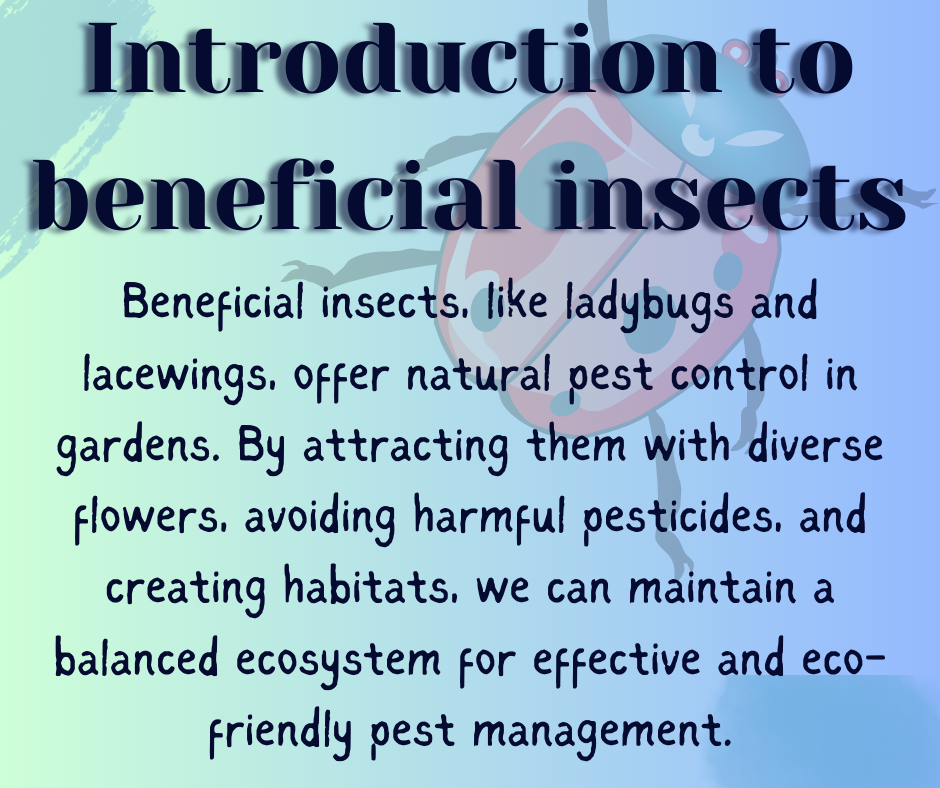 Create habitat and food sources for beneficial insects by planting diverse native vegetation and avoiding the use of broad-spectrum pesticides.
Create habitat and food sources for beneficial insects by planting diverse native vegetation and avoiding the use of broad-spectrum pesticides.
By implementing these proactive measures and staying vigilant throughout the harvest season, you can effectively manage pests and diseases in your garden while safeguarding the quality and abundance of your harvest.
Conclusion:
harvesting in your kitchen garden is a special time.
It’s not just about picking fruits and veggies; it’s a celebration of all your hard work paying off. From planting tiny seeds to enjoying a table full of fresh produce, it’s a journey worth savoring.
By picking at the right time and handling your harvest with care, you ensure that what you gather is tasty and good for you. Each vegetable or fruit you pick is like a little gift from nature, reminding you of the wonders of growing your own food.
So as you enjoy your harvest, take a moment to appreciate the lessons your garden teaches: patience, resilience, and the joy of watching things grow. Whether you’re a seasoned gardener or just starting out, harvesting is a chance to connect with nature and feel grateful for the abundance it provides.
In your garden adventure, may your harvests be plentiful, your meals delicious, and your heart full of thanks for the simple joys of growing your food.
